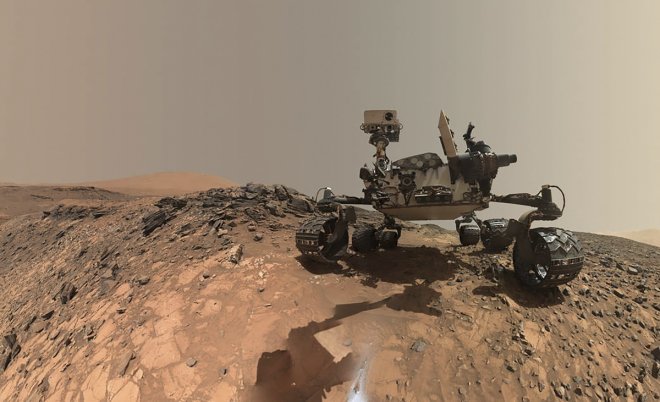
As NASA and other space agencies are moving forward for their high profile space missions, the availability of the propellant fuel Plutonium 238 (Pu 238) turns to be a major concern.
According to space news reports, David Schurr, deputy director of NASA planetary science division, said that there is about 35Kgs of Plutonium-238 in current US stockpiles. This includes plutonium purchased from Russia. 17 Kg of Pu-238 presently available with NASA could be readily used while 18Kg needs to be mixed with new plutonium to make it useful. This could be made useful for missions for a span of next 8 years.
NASA had made an agreement with the Department of Energy (DOE) in 2011 to restart production of the radioisotope which was stopped in the 1980s after the Cold War. Their mission was to produce 1.5 Kg of the isotope by 2025. The initial attempt made 100 grams of Pu-238 in 2015.
However, Shelby Oakley, director of acquisition and sourcing management at the GAO said in a testimony, "DOE faces challenges in hiring and training the necessary workforce, perfecting and sealing up chemical processing and ensuring the availability of reactors that must be addressed or its ability to meet NASA's need could be jeopardized."
Plutonium 238 has been used as the ideal propellant for NASA's space missions. It is considered as the safest isotope for a space vehicle which could give adequate energy for the mission. The Pu-238 could decompose itself to produce sufficient heat energy for years. Radioisotope thermoelectric generators (RTGs) used in space mission vehicles could generate electricity from the heat produced by the isotope. It is more feasible than the solar energy and could be used for outer solar system travels.
According to reports, the Mars 2020 rover is the only developing NASA space mission which would require RTG. The Curiosity mission, which currently operates in Mars, uses similar kind of power system.
"DOE will have sufficient materials for fabrication of heat sources for expected planetary science missions through 2030. In addition, NASA and DOC have begun exploring options to increase production rates, if needed, to support any increased future demands" said Schurr.
She, however, said that if the supply of Pu-238 isn't established and the goals are not met soon enough, then it can restrict space missions in future.









